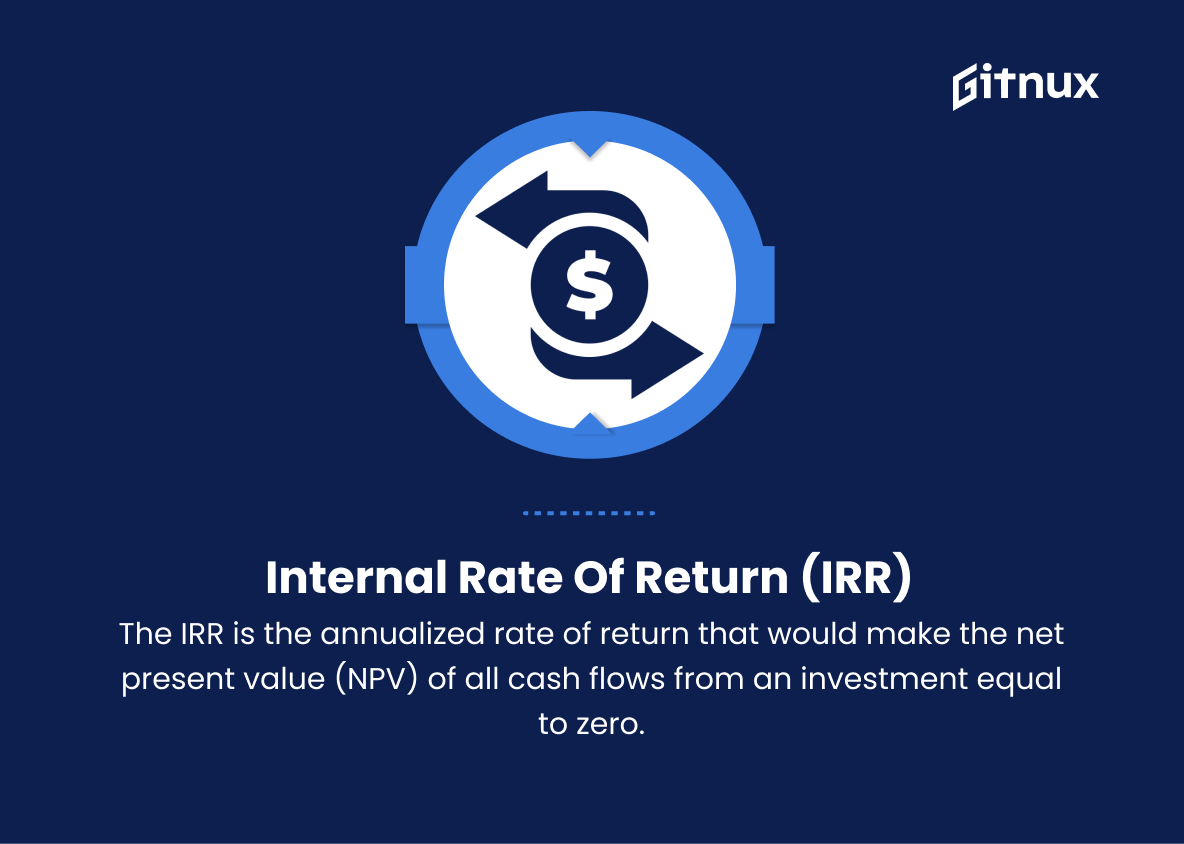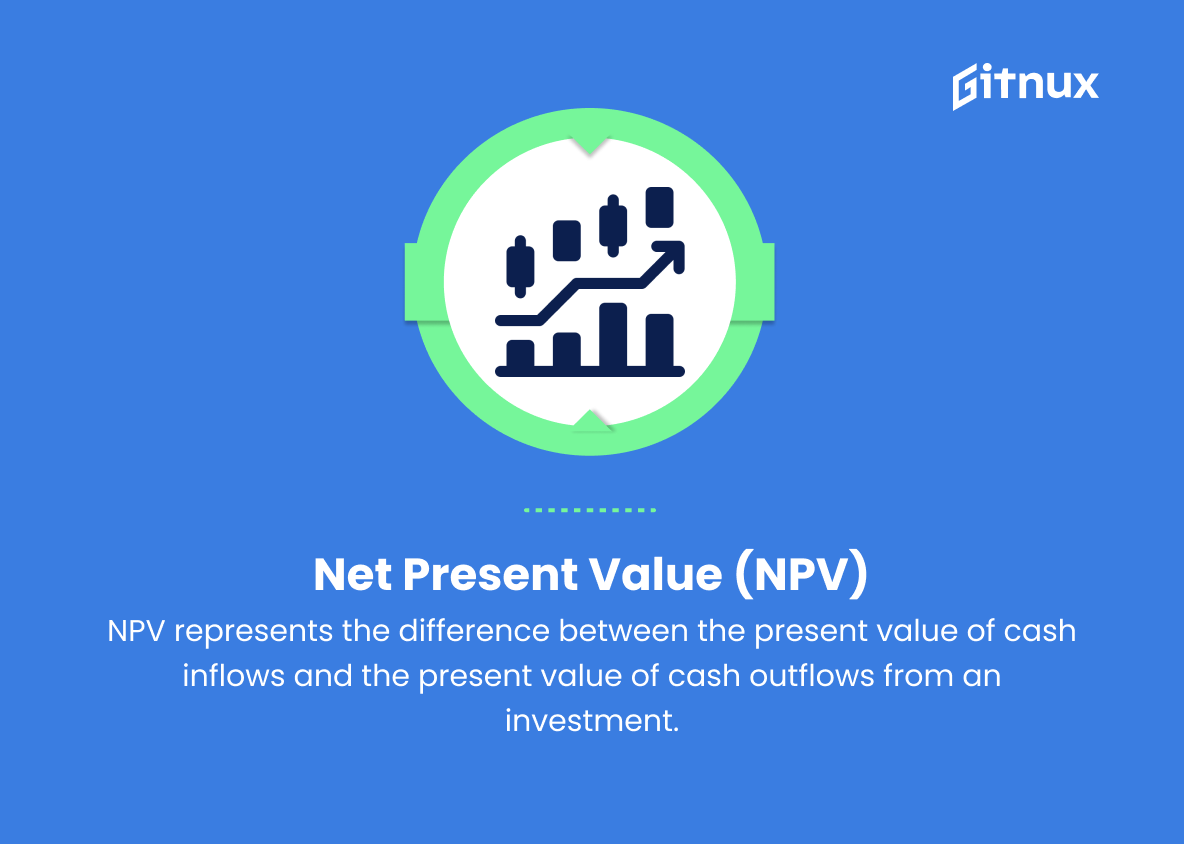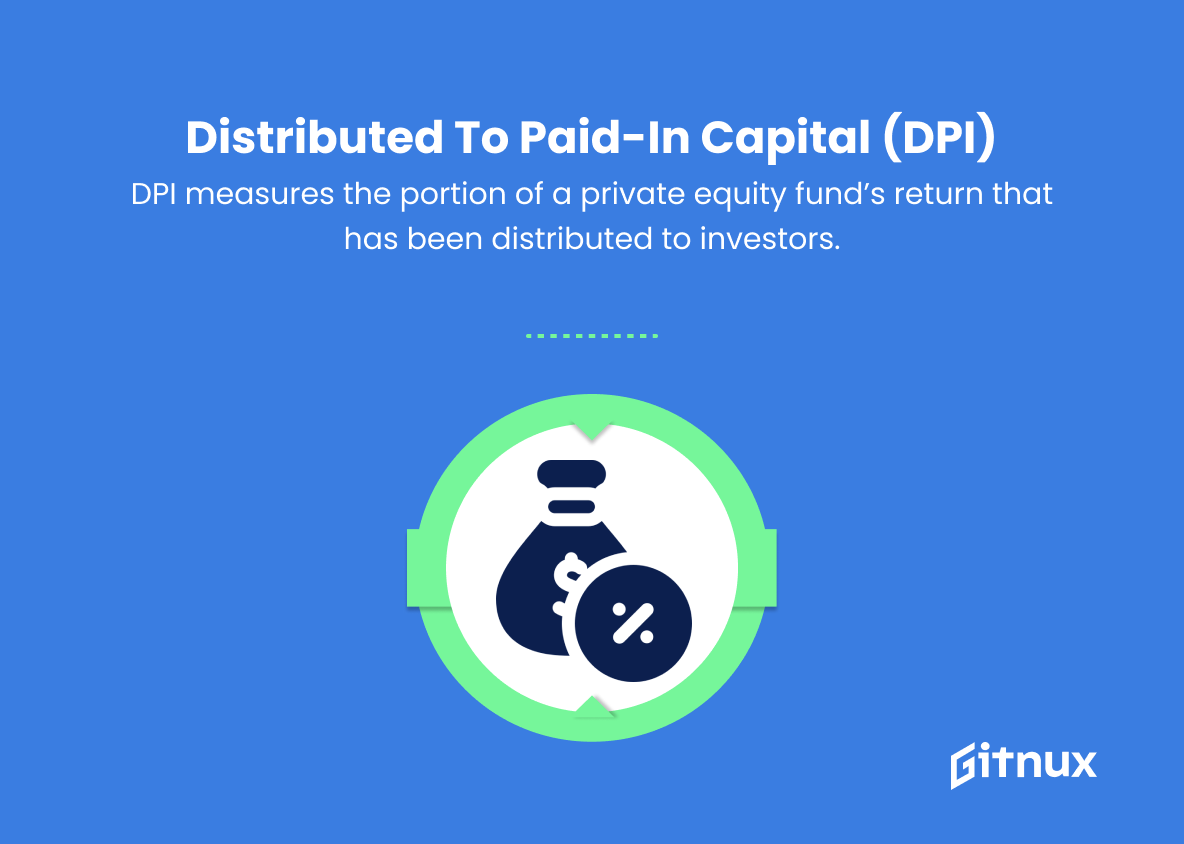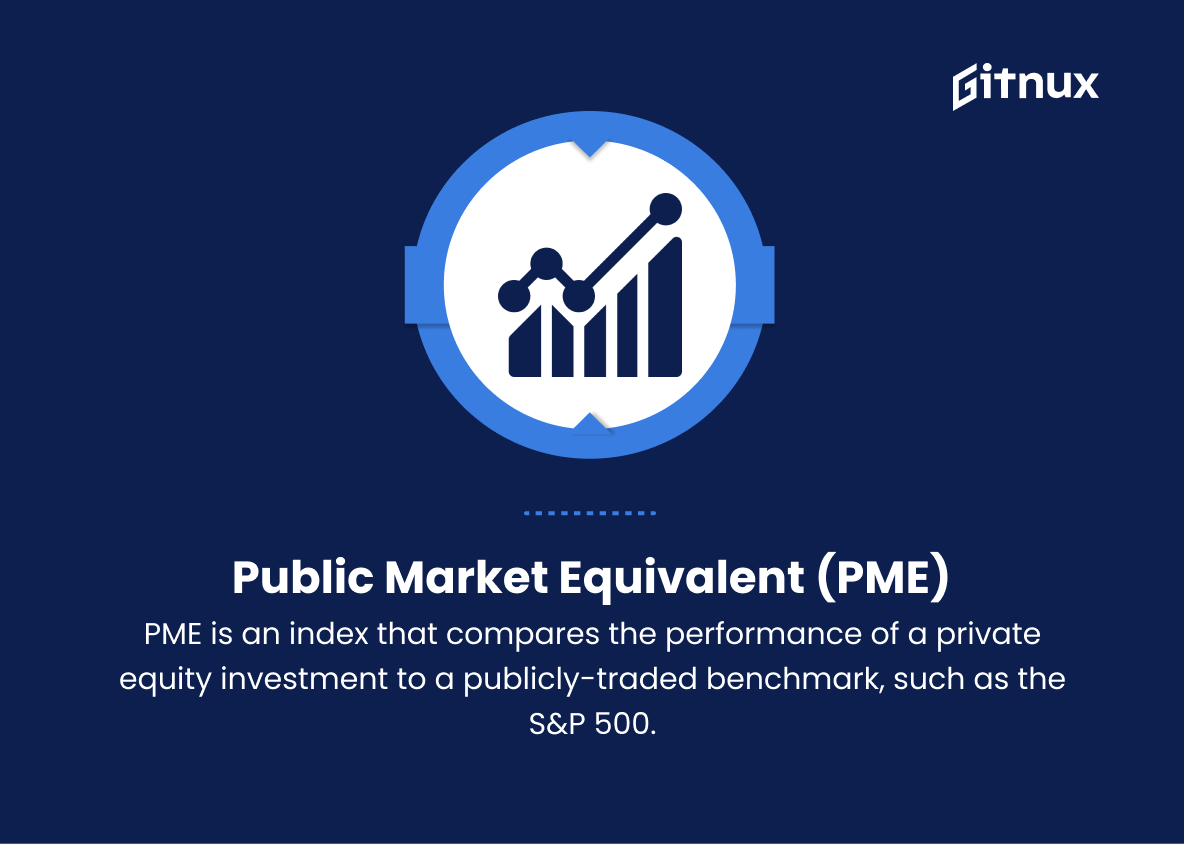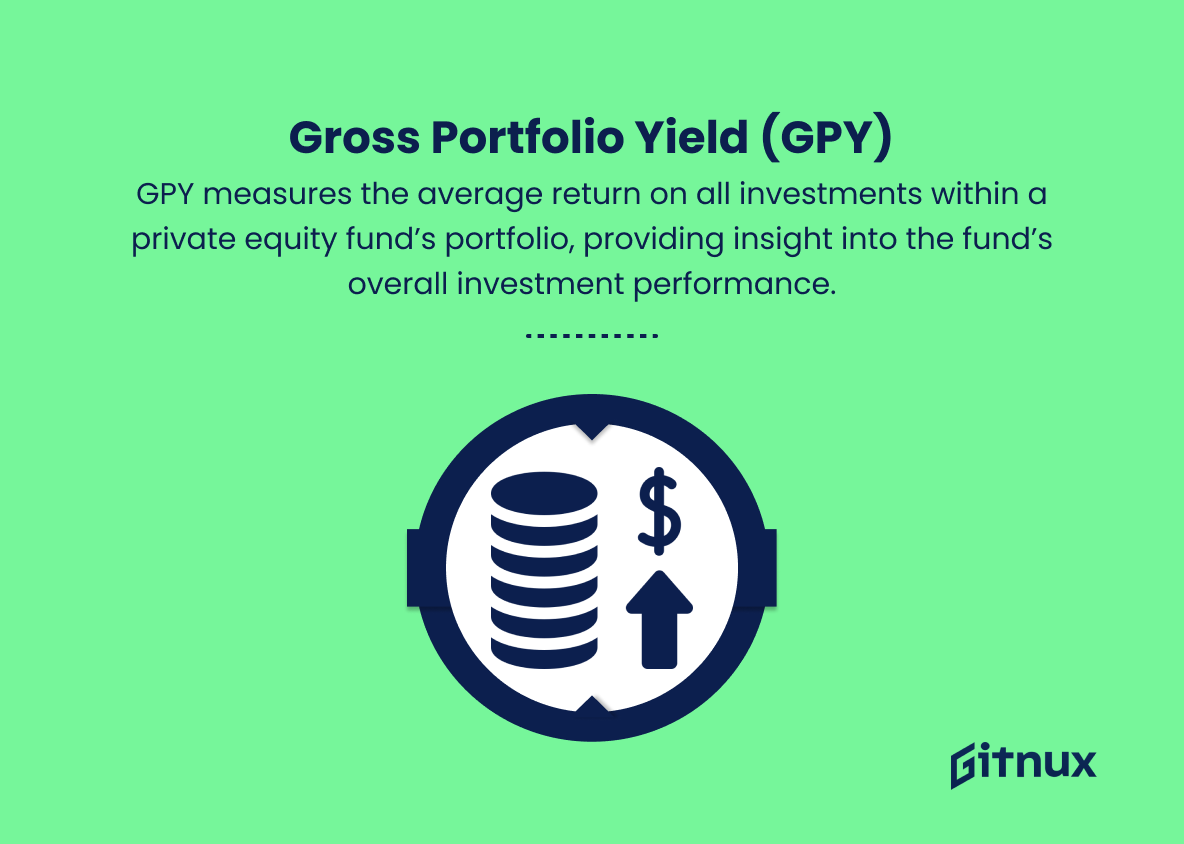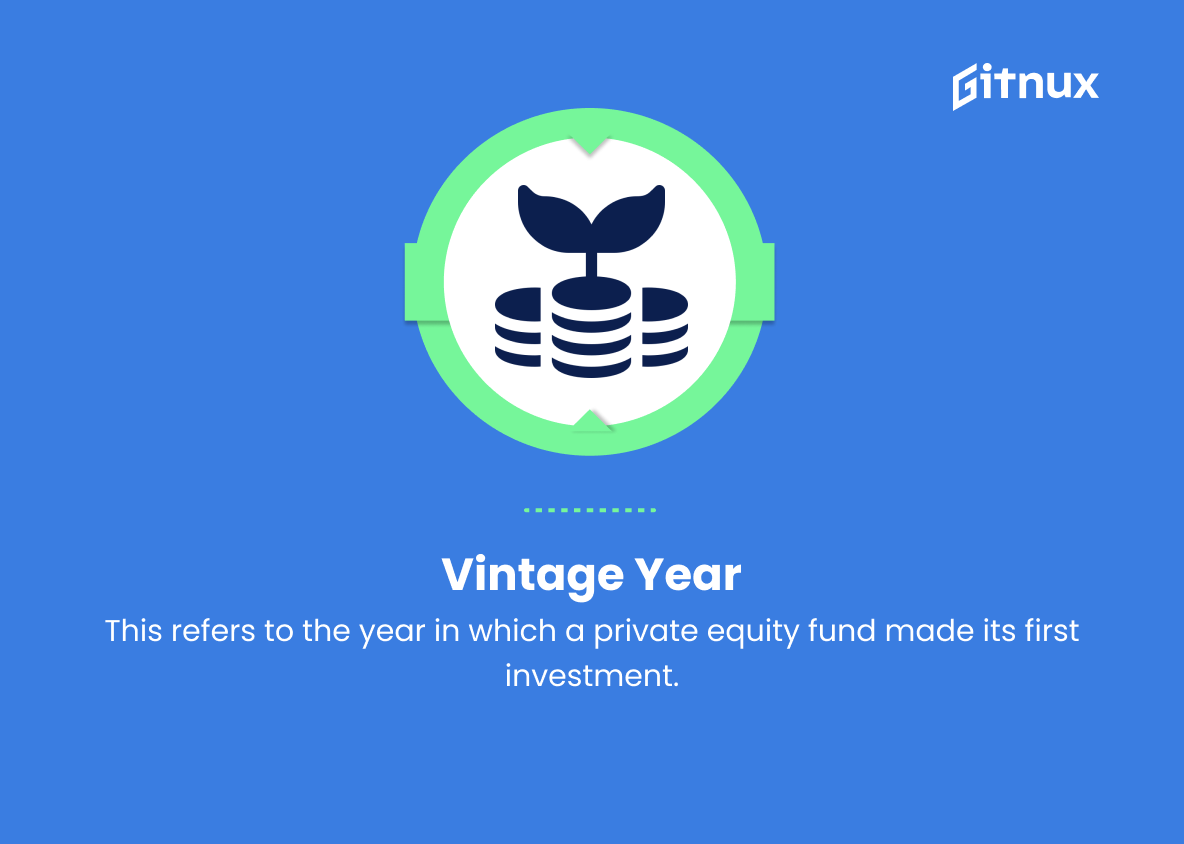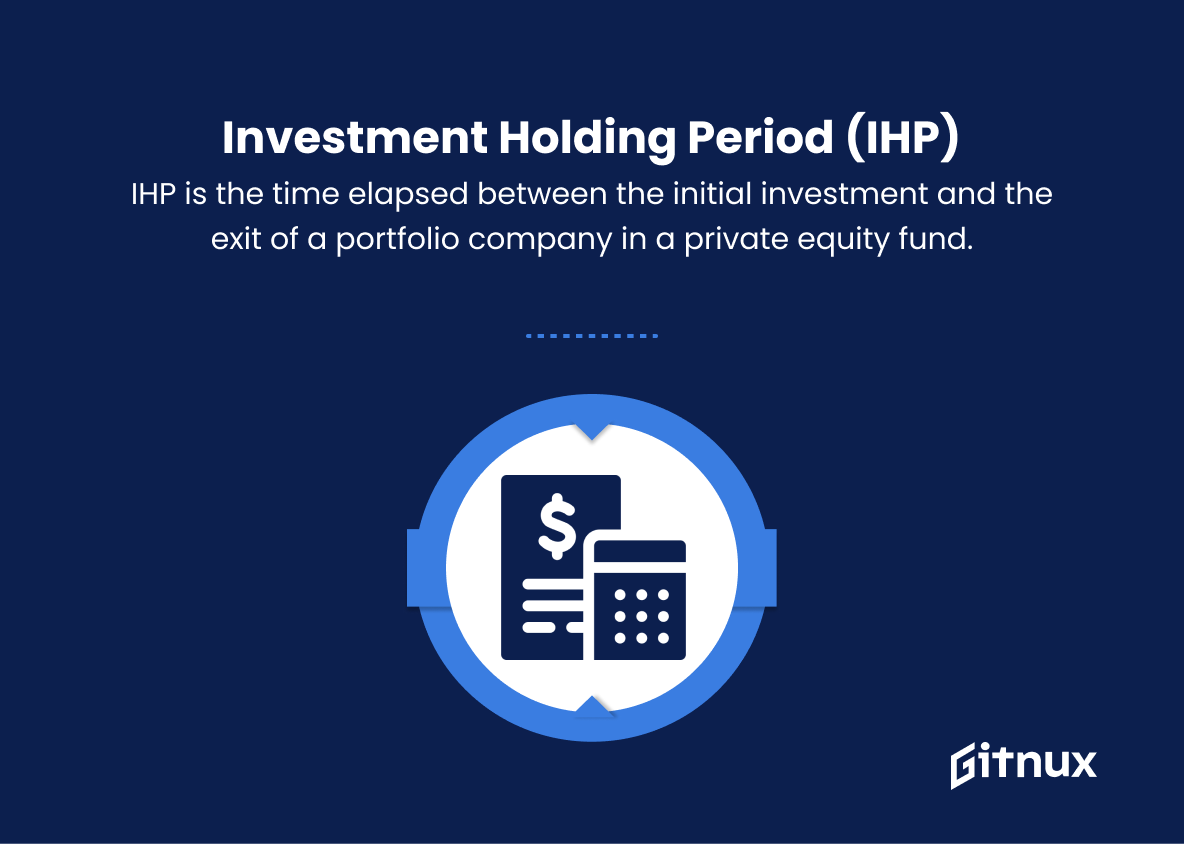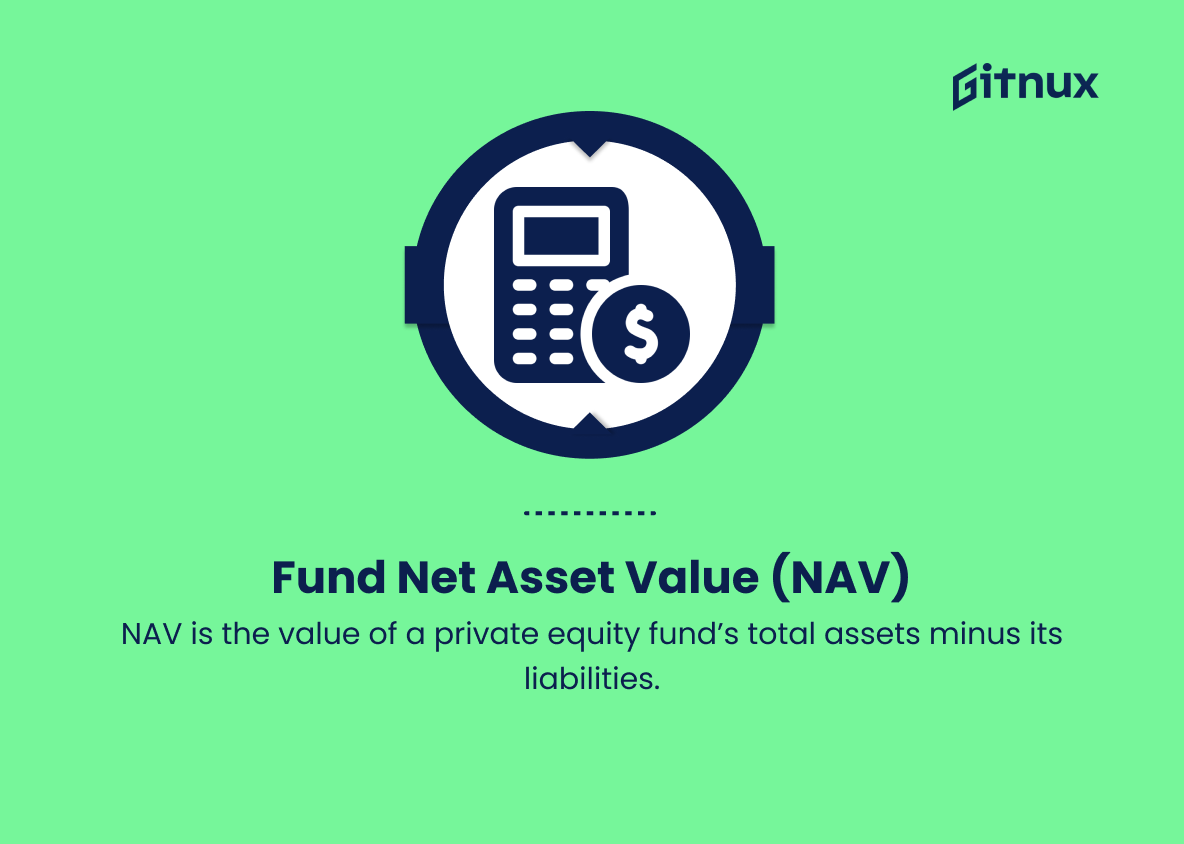In the complex world of finance and investment, Private Equity (PE) continues to be an essential driving force behind the growth and success of countless businesses. As investors and stakeholders alike strive to make well-informed decisions, it becomes increasingly crucial to understand and evaluate the performance of private equity funds. This blog post delves into the intricacies of Private Equity Performance Metrics, shedding light on the key indicators that paint an accurate and comprehensive picture of a fund’s performance.
From the Internal Rate of Return (IRR) to the Distribution to Paid-In Capital (DPI), we will explore the various metrics that ensure utmost transparency and offer invaluable insights for investors seeking robust, long-term returns. Join us as we unravel the world of private equity performance, equipping you with the knowledge to navigate and succeed in this dynamic investment landscape.
Private Equity Performance Metrics You Should Know
1. Internal Rate of Return (IRR)
The IRR is the annualized rate of return that would make the net present value (NPV) of all cash flows from an investment equal to zero. IRR is commonly used to evaluate the performance of a private equity fund by taking into account both the timing and amount of cash inflows and outflows.
2. Equity Multiple
This is the ratio of total cash distributions received by an investor to the amount of capital invested. A higher equity multiple indicates better performance and is often used to gauge the relative success of a private equity investment.
3. Net Present Value (NPV)
NPV represents the difference between the present value of cash inflows and the present value of cash outflows from an investment. A positive NPV indicates that the investment is expected to generate higher returns than the cost of capital, making it a worthwhile investment.
4. Cash-on-Cash Return
This is the ratio of cash received (e.g., dividends or interest) from an investment to the amount of capital invested. Cash-on-cash return is useful for assessing the cash-generating capability of a private equity investment.
5. Total Value to Paid-in Capital (TVPI)
TVPI is calculated by adding the realized and unrealized value of an investment and dividing it by the paid-in capital. This ratio measures the overall performance of a private equity fund, providing insight into the effectiveness of the fund’s investment and management strategies.
6. Distributed to Paid-in Capital (DPI)
DPI measures the portion of a private equity fund’s return that has been distributed to investors. This ratio is calculated by dividing the total amount of distributed capital by the total amount of paid-in capital.
7. Public Market Equivalent (PME)
PME is an index that compares the performance of a private equity investment to a publicly-traded benchmark, such as the S&P 500. A PME greater than 1 indicates that the private equity investment outperformed the public market benchmark, while a PME below 1 suggests underperformance.
8. Gross Portfolio Yield (GPY)
GPY measures the average return on all investments within a private equity fund’s portfolio, providing insight into the fund’s overall investment performance.
9. Vintage Year
This refers to the year in which a private equity fund made its first investment. It is crucial for comparing the performance of different funds since market conditions and investment strategies tend to vary over time.
10. Investment Holding Period (IHP)
IHP is the time elapsed between the initial investment and the exit of a portfolio company in a private equity fund. It provides insight into the fund’s investment timeline, allowing investors to assess the overall pace of investment realization.
11. Fund Net Asset Value (NAV)
NAV is the value of a private equity fund’s total assets minus its liabilities. This metric provides an overview of the fund’s current valuation, which can be useful for tracking the fund’s performance over time.
Private Equity Performance Metrics Explained
Private equity performance metrics, such as the Internal Rate of Return (IRR), Equity Multiple, Net Present Value (NPV), Cash-on-Cash Return, Total Value to Paid-in Capital (TVPI), Distributed to Paid-in Capital (DPI), Public Market Equivalent (PME), Gross Portfolio Yield (GPY), Vintage Year, Investment Holding Period (IHP), and Fund Net Asset Value (NAV), are crucial in assessing the overall performance and effectiveness of private equity investments. These benchmarks take into account various aspects of investment returns, including timing, cash inflows and outflows, and investment performance compared to public markets.
Moreover, these metrics allow investors to evaluate a fund’s investment and management strategies, cash-generating capabilities, and comparative success, as well as provide insight into factors such as the fund’s vintage year and investment holding period. Overall, understanding and analyzing these performance metrics is essential for making informed decisions in the private equity space, enabling investors to assess the attractiveness and potential success of private equity investments.
Conclusion
In conclusion, private equity performance metrics play a vital role in evaluating investments, providing transparency, and promoting informed decision-making for both private equity firms and their investors. The discussed metrics, such as the internal rate of return (IRR), multiples of invested capital (MOIC), and public market equivalent (PME), have been proven to be valuable tools in gauging the success of a private equity investment.
By understanding and effectively implementing these performance measurements, industry professionals can ensure that they are making the most of investment opportunities and elevating the overall success of their funds. As the private equity landscape continues to evolve, these metrics will remain essential in maintaining accountability, fostering growth, and generating long-term value for stakeholders.
